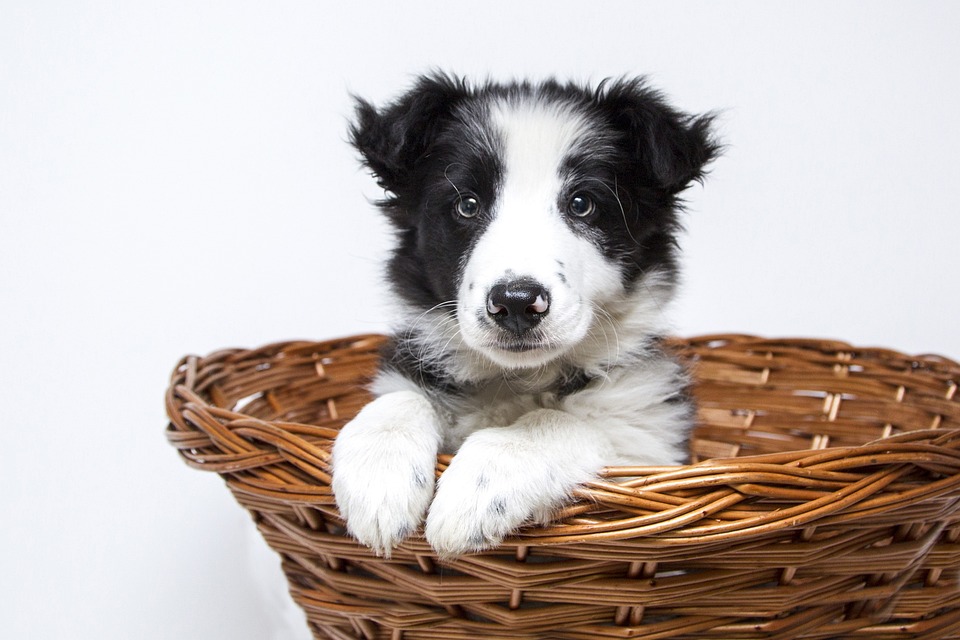Introducing a new pet or family member to your dog can be an exciting but also challenging experience. Dogs are creatures of habit and can be sensitive to changes in their environment. However, with proper planning and a gradual introduction, you can help your furry companion embrace these new changes with ease. In this article, we will provide you with expert tips and insights on how to introduce your dog to a new pet or family member, ensuring a harmonious transition for everyone involved.
Understanding Your Dog’s Personality and Needs
Before diving into the introduction process, it is crucial to understand your dog’s personality, temperament, and any potential sensitivities they may have. Each dog is unique, and their reactions to new situations can vary greatly. Consider the following factors when planning the introduction:
1. Temperament – Is your dog generally relaxed and sociable, or more reserved and cautious? Knowing your dog’s temperament will help you gauge their likely response to a new pet or family member.
2. History – If your dog has had negative experiences with other animals or people in the past, it may require extra patience and care during the introduction process.
3. Age – Young puppies and older dogs may have different needs and responses to new additions. Adjust your approach accordingly.
4. Training – A well-trained dog is more likely to respond positively to new situations. Basic commands like “sit,” “stay,” and “leave it” can be invaluable during the introduction process.
Gradual Introduction: Step-by-Step Guide
Now that you have a better understanding of your dog’s needs, let’s explore the step-by-step process of introducing your dog to a new pet or family member:
1. Neutral Territory – Choose a neutral location, such as a park or a friend’s backyard, for the initial introduction. This helps prevent territorial behavior and reduces the likelihood of a negative experience.
2. Controlled Environment – Use a leash and keep both animals separated initially. Allow them to observe and sniff each other from a safe distance. Reward positive behavior with treats and praise.
3. Scent Exchange – Swap bedding or toys between the new pet or family member and your dog. This helps familiarize them with each other’s scent before a face-to-face meeting.
4. Supervised Interaction – Gradually increase the duration and proximity of supervised interactions between your dog and the new addition. Always prioritize safety and separate them if signs of aggression or stress appear.
5. Positive Reinforcement – Reward your dog for calm and friendly behavior during interactions. This reinforces positive associations and helps build trust.
6. Patience and Time – Rome wasn’t built in a day, and neither is a bond between your dog and a new addition. Allow ample time for your dog to adjust, and be patient throughout the process.
FAQs: Frequently Asked Questions
Q1: How long does it take for a dog to adjust to a new pet or family member?
A: The adjustment period can vary greatly depending on the individual dog’s personality and the specific circumstances. It can range from a few days to several weeks or even months.
Q2: What should I do if my dog shows signs of aggression during the introduction?
A: If your dog displays aggressive behavior, it is essential to prioritize everyone’s safety. Consult with a professional dog trainer or behaviorist who can guide you through the process and help address any underlying issues.
Q3: Can I speed up the introduction process?
A: While it’s natural to want a quick and smooth transition, it’s crucial to respect your dog’s pace and comfort level. Rushing the process can lead to unnecessary stress and potential setbacks.
Q4: Should I always keep the new pet or family member separate from my dog initially?
A: Separation is recommended initially to avoid any potential conflicts or overwhelming situations. Gradual introductions with supervision provide a controlled and safe environment for both animals to become acquainted.
In conclusion, introducing your dog to a new pet or family member requires careful planning, patience, and understanding of your dog’s individual needs. By following the step-by-step guide and considering your dog’s personality, you can ensure a smoother transition and foster a harmonious relationship between your furry friend and their new companion.









